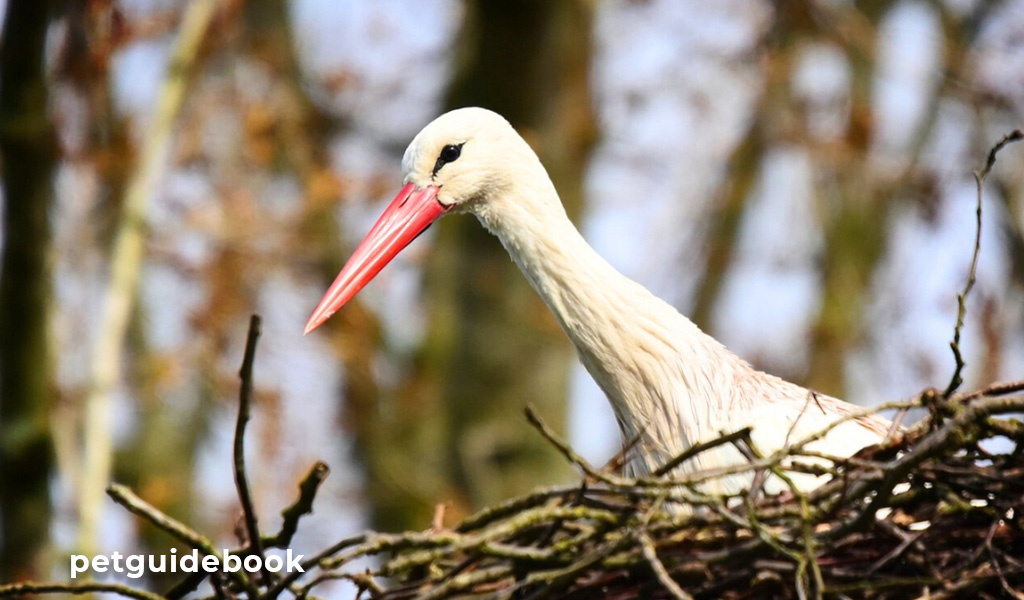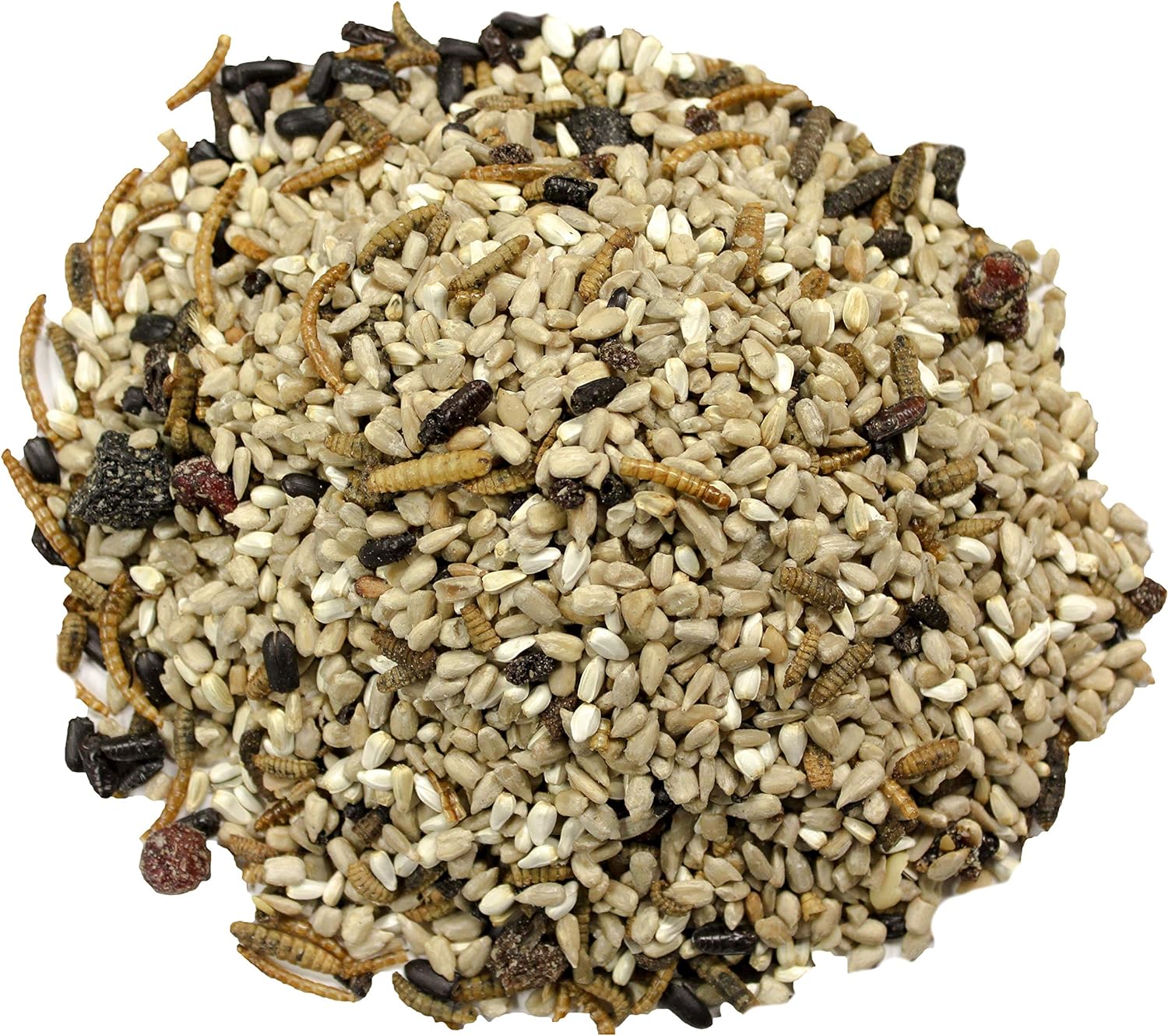Do you know the facilities of birds with long beaks? Birds come in all shapes and sizes, but there’s something truly captivating about those with long beaks. Whether it’s for feeding on nectar, snatching up fish from rivers, or even probing deep into tree bark for insects, these extraordinary adaptations make them a sight to behold. Prepare yourself for a wild ride as we uncover the secrets behind their remarkable abilities.
Get ready to witness the unbelievable agility of a Great Egret as it gracefully spears fish with its dagger-like bill, or learn about the ingenious ways that some species use their elongated bills as weapons in territorial battles. It’s time to dive into this fascinating world and discover 5 jaw-dropping facts about birds with long beaks!
The Fascinating World of Birds with Long Beaks
1. Among the many wonders of the avian kingdom, few features captivate our attention quite like a long beak. Adapted through thousands of years of evolution, these impressive appendages serve numerous purposes that go beyond just gathering food. For instance, did you know that some birds with long beaks use them to attract mates? The male sword-billed hummingbird, found in South America, boasts a beak longer than its body and uses it as part of an elaborate courtship display to impress potential partners.
Table of Contents
2. Long-beaked birds have also developed unique feeding strategies that allow them to exploit ecological niches not accessible to other species. Take the iconic flamingo as an example. With its long, curved beak, this elegant bird can immerse its head completely underwater while keeping its body upright—a feat made possible by specialized joints in its neck and spine. This ability allows flamingos to filter-feed on tiny organisms like shrimp and algae from the water’s surface, leaving their rivals in awe. So next time you spot a flamingo at the zoo or in the wild, take a moment to admire not only their vibrant plumage but also their incredible feeding prowess.
From enchanting displays used for courtship rituals to ingenious feeding techniques tailored for specific habitats, birds with long beaks hold astonishing secrets waiting to be discovered by those willing to observe closely. By delving into their fascinating world and appreciating these remarkable adaptations honed through nature’s selective pressures, we gain insights into both our
Fact 1: Evolutionary Advantage of Long Beaks
Long beaks are more than just a cosmetic feature for birds; they offer a significant evolutionary advantage. One key benefit of having a long beak is the ability to access hard-to-reach food sources. For example, hummingbirds, with their elongated bills, can reach nectar hidden deep in flowers that other birds cannot access. This gives them an advantage in finding food and increases their chances of survival.

Another advantage of long beaks is their versatility in feeding strategies. Birds with long beaks can exploit a wide range of ecological niches by adapting their feeding habits. For instance, the ibis uses its long, curved bill to probe mud and shallow water for small aquatic creatures like insects and crustaceans. Similarly, the flamingo’s unique beak shape allows it to filter out tiny organisms from water or mud, giving it an edge over competitors when resources are scarce.
In conclusion, the evolution of long beaks in birds has provided them with several advantages in terms of accessing food sources and expanding their dietary preferences. These adaptations have allowed them to thrive in various habitats and compete effectively for limited resources. The remarkable diversity found among birds with long beaks serves as both evidence for natural selection at work and a testament to the fascinating ways organisms adapt to survive and thrive in their environment.
Fact 2: The Incredible Diversity of Long Beak Shapes
Birds with long beaks are known for their incredible diversity in shape and size. From the delicate, curved beak of a hummingbird to the sturdy, spear-like beak of a raptor, each species has evolved a unique tool perfectly suited to its specific feeding habits. For example, the iconic toucan boasts an elongated, vibrant beak that not only helps it reach fruit high up in the trees but also acts as an essential cooling mechanism. Its large surface area allows heat to dissipate quickly, keeping the bird’s body temperature regulated in hot tropical climates.
Furthermore, some birds have developed specialized beaks that enable them to extract nectar from flowers with precision and efficiency. Take the long-billed hermit hummingbird, for instance. Its slender bill is perfectly adapted for sipping nectar from deep within flower blossoms – an intricate adaptation that showcases nature’s impressive problem-solving abilities. In contrast, shorebirds like sandpipers have long and slender bills that allow them to probe into soft mud or sand, searching for small invertebrates buried below the surface.

In conclusion, the stunning array of different long-beak shapes among birds is a testament to nature’s ingenuity and adaptability. Whether it’s for capturing prey, extracting nectar, or feeding on specific types of food sources like seeds or insects—each species has honed its unique tool over millions of years of evolution. The majesty lies not just in their beauty but also in how these diverse beak shapes empower
Fact 3: Long Beaks and Specialized Diets
Birds with long beaks have evolved specialized diets that not only fascinate scientists but also showcase nature’s remarkable adaptability. Take the hummingbird, for example. These tiny creatures have incredibly long, needle-like beaks perfectly suited for reaching into flowers to extract nectar. However, that’s not all they feed on. Hummingbirds also consume insects to fulfil their protein requirements.
Similarly, the iconic flamingo sports a long and curved bill designed specifically to sift through mud and water in search of its favorite delicacy: algae and small crustaceans. This unique adaptation allows them to thrive in environments where other birds would struggle to find food. Additionally, woodpeckers possess elongated beaks adept at drilling holes in tree trunks where they can mine for insects or extract sap using their sticky tongues.
These examples highlight the improbable variety of avian life and how different species, such as Birds with long beaks, have successfully adapted their beak length and structure to suit specific dietary needs. It is a testament to the endless possibilities of evolution, reminding us that even small changes can lead to significant dominance when it comes to survival in diverse ecosystems all around the world. The conversion of long beaks among certain bird species underscores their specialized foraging strategies, showcasing the remarkable ways in which nature tailors solutions for survival.
Fact 4: Unique Adaptations for Feeding Behaviors
Birds with long beaks have evolved unique adaptations for their feeding behaviors, allowing them to exploit a wide range of food sources. One fascinating adaptation is the way some birds use their beaks as tools to extract insects from tree bark. The woodpecker, for example, has a sturdy, chisel-like beak that it hammers into tree trunks in order to locate and extract hidden insects. This highly specialized feeding behavior allows woodpeckers to access a niche food source that many other birds cannot tap into.

Another stunning example of innovative feeding behavior is observed in the iconic flamingos. These elegant birds have long, curved bills specifically designed for filtering tiny organisms from water and mud. By sweeping their heads from side to side while keeping their beaks partially submerged, they create currents that push the food toward tiny comb-like structures on the edges of their beaks. This remarkable adaptation enables flamingos to thrive in habitats where other bird species would struggle to find enough sustenance.
From using tools like hammers to filtering microscopic organisms out of water bodies, birds with long beaks display astonishing adaptations that allow them access to unique food sources. Evolution has played a key role in shaping these specialized feeding behaviors and highlighting the incredible diversity within avian species.
Fact 5: Long Beak Communication Signals
Long beaks aren’t just for collecting food and building nests; they also play a vital role in communication among birds. Birds with long beaks have evolved unique ways to signal their intentions and establish social hierarchies. One fascinating example is the bill-clattering behavior displayed by Storks. By rapidly snapping their beaks together, these majestic birds create loud clapping sounds that can carry over long distances. This action is believed to serve as both a territorial display and a way to communicate with other members of their group.
Another intriguing form of communication seen in birds with long beaks is the bill-wiping behavior observed in ibises and spoonbills. These birds use their bills to rub against certain surfaces, such as mud or branches, leaving behind secretions from specialized glands located on the sides of their bills. This act not only marks territory but also conveys information about the individual’s health and reproductive status through chemical signals. The intricate system of bill wiping allows these birds to communicate subtle messages without making any sound at all.
In conclusion, Birds with long beaks have fascinating ways to connect using their distinctive feature – their beaks. From loud clapping sounds to secret chemical signs, these avian beasts have perfected various methods for conveying details within their communities. So next time you come across a bird with an impressive beak, call to mind that there’s more than meets the eye – it may just be involved in a detailed form of non-verbal connections!

Conclusion: Appreciating the Marvels of Bird Beaks
In conclusion, the marvels of bird beaks are truly awesome, and Birds with long beaks further typify the unbelievable diversity of avian adaptations. From the intricate and precise bills of hummingbirds to the alarming hooks of raptors, each beak design serves a specific purpose that allows these magnificent creatures to thrive in their separate environments. It is exceptional how evolution has shaped and molded these beaks over time, turning them into flexible tools for survival, with Birds with Long Beaks showcasing a unique policy within this spectrum.
By respecting the diversity of bird beaks, counting those of Birds with long beaks, we gain an extensive understanding of the intricacies of nature’s design. Think about it – some birds have developed long, slender beaks perfect for probing deep into flowers to extract nectar, while others have stout and sharp bills capable of tearing apart tough prey. These conversions highlight the unbelievable adaptability and resourcefulness that exist within avian species, with Birds with long beaks donating their chapter to the fascinating story of avian evolution.





